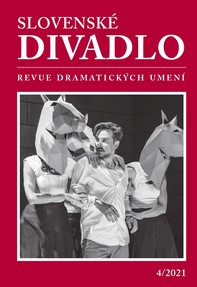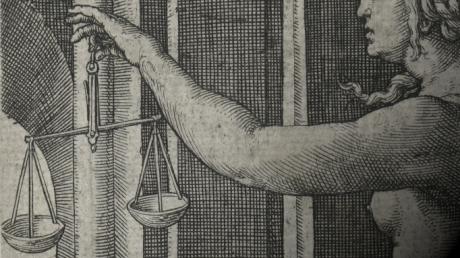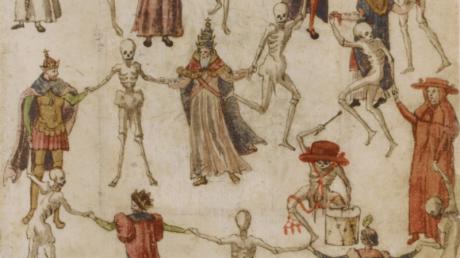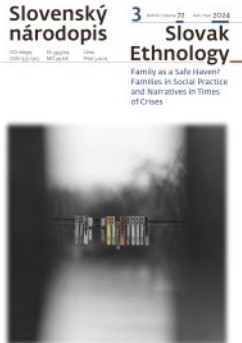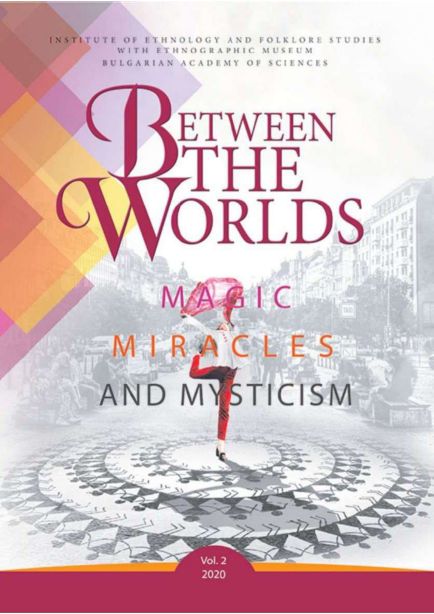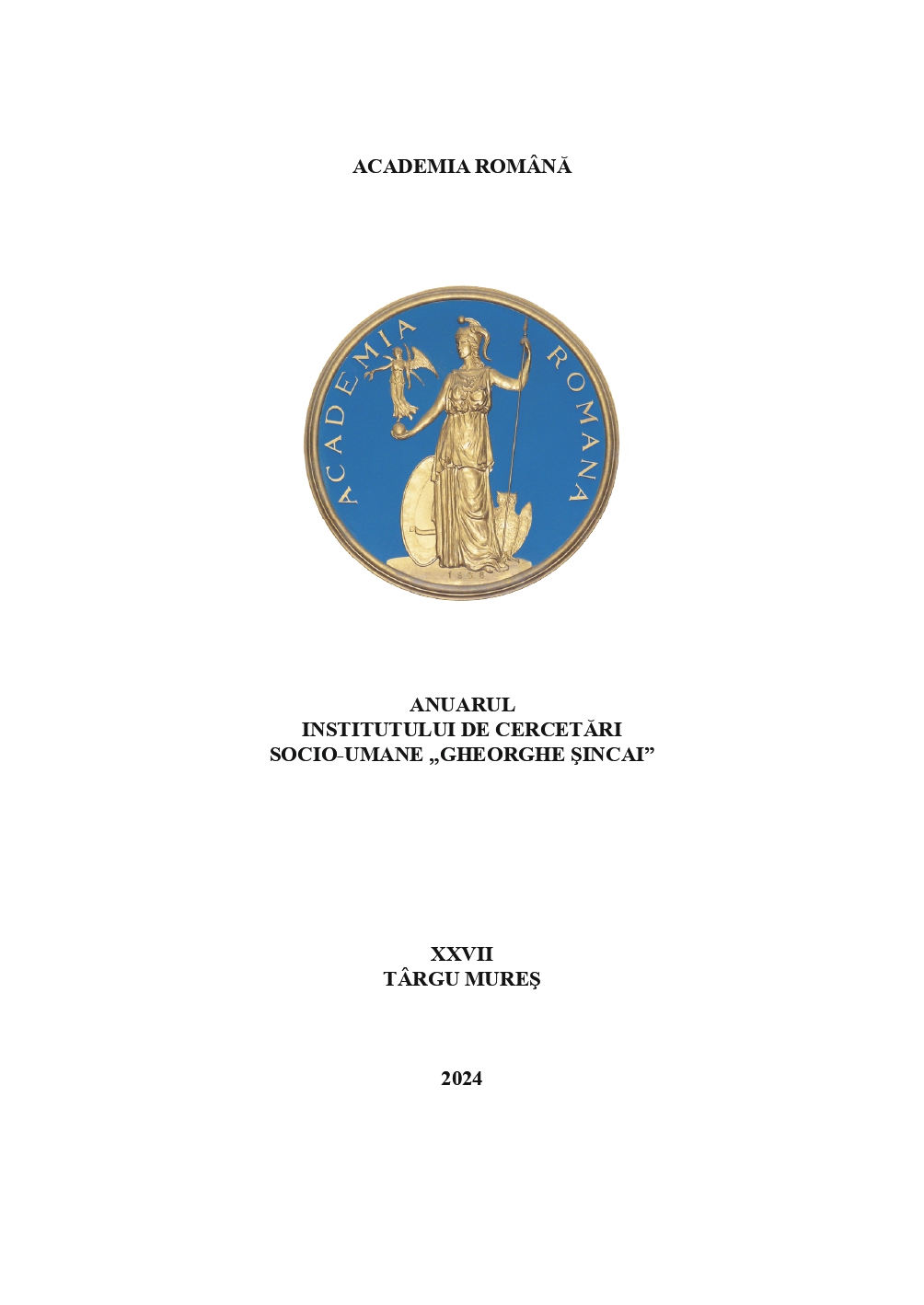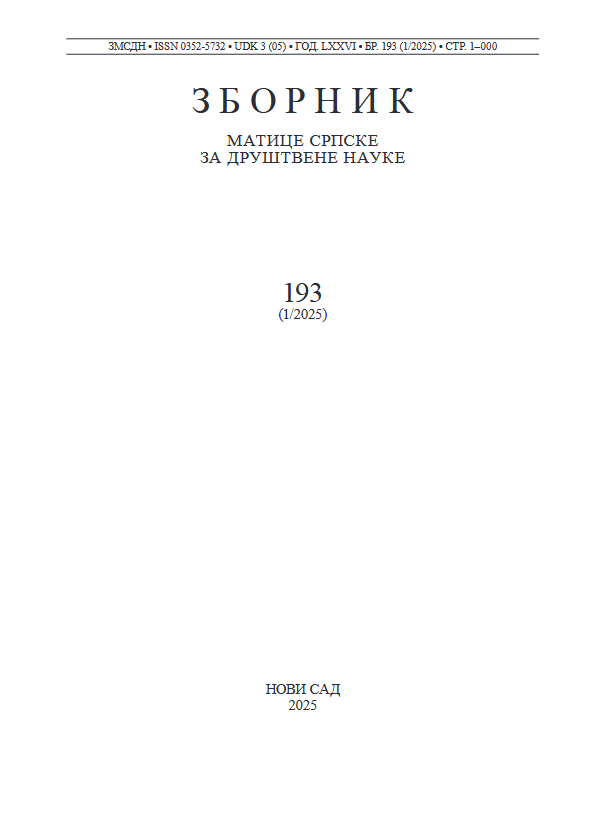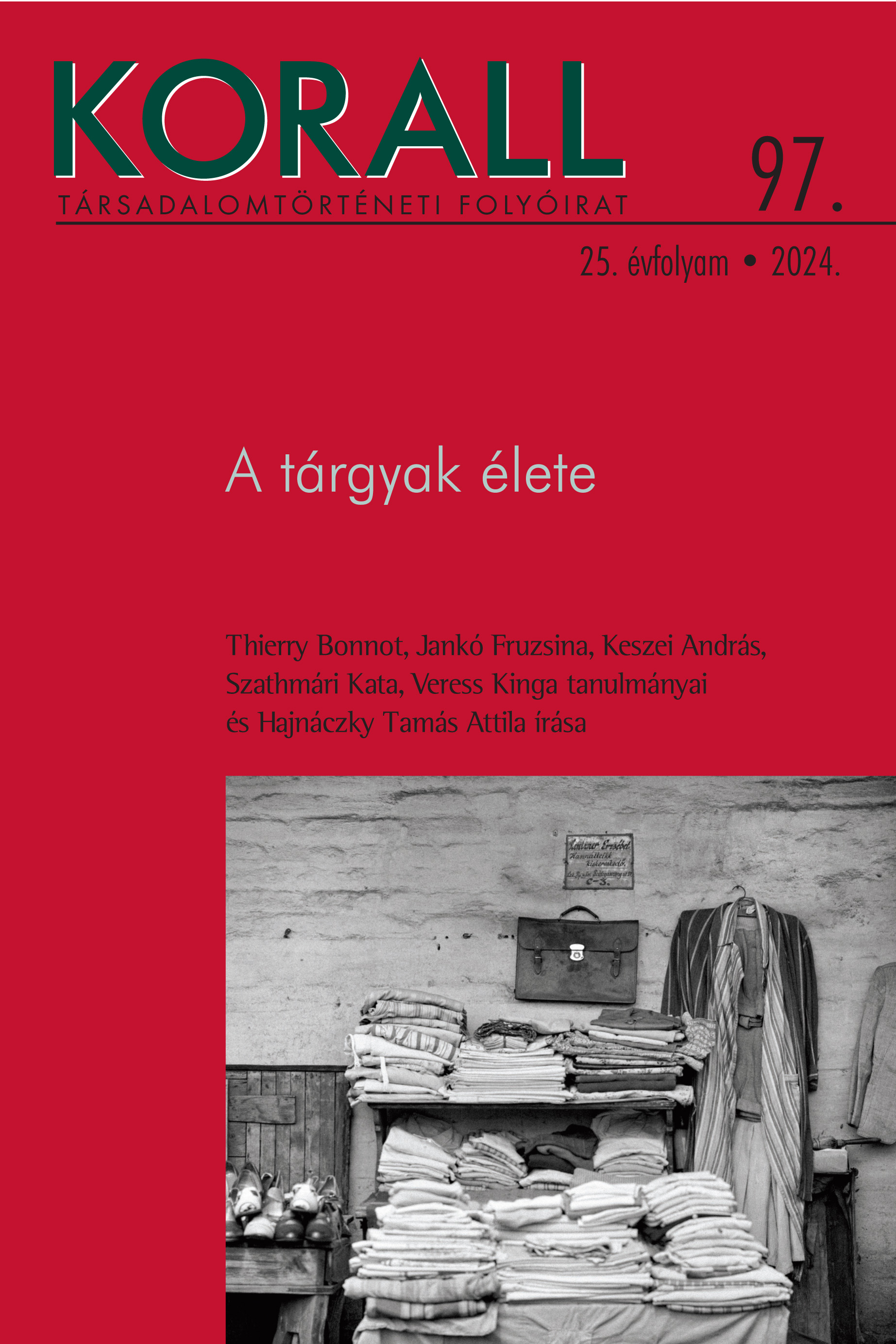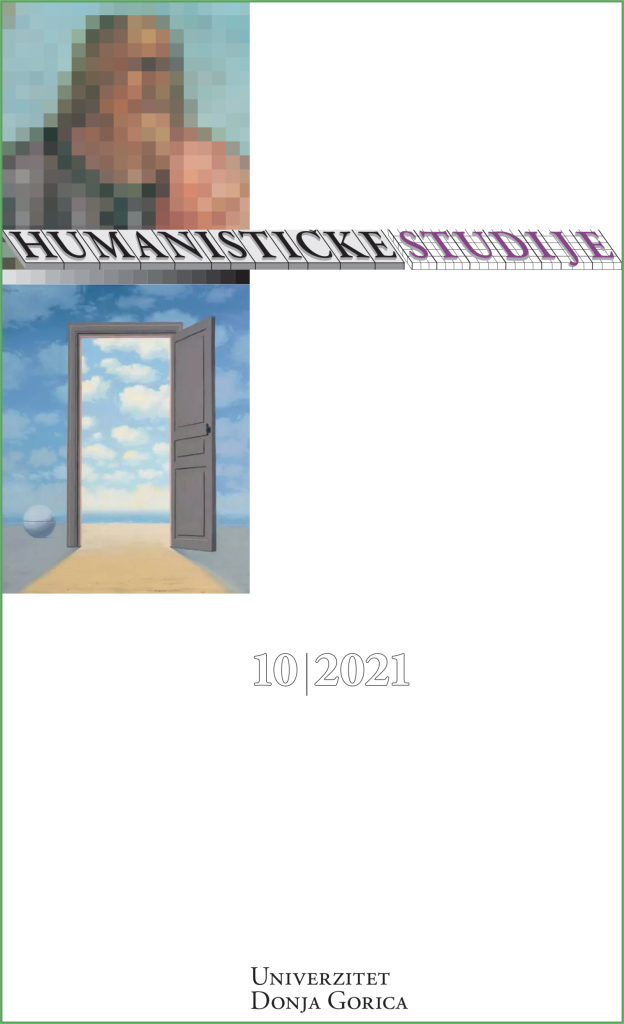Author(s): Tiberiu–Constantin Ambrosie / Language(s): Romanian
Issue: 40/2025
The Hungarians were characterized as one of the most isolated ethnic communities in Bukovina, living almost exclusively in the five colonies in the south of the province. The communities of the Hungarians (Szeklers) were among the first to be established in Bukovina, being conservative, rural communities, attached to traditions and customs, and the Hungarian colonists founded the following localities in the southern part of Bukovina in the years: Istensegíts (1776), Fogadjisten (1776), Józseffalva, (1785), Hadikfalva (1786) and Andrásfalva (1786). In the 19th century, the Hungarians in Bukovina experienced a spectacular demographic growth due to the positive natural balance manifested by a tripling of the number of ethnic Hungarians in Bukovina, between 1820 and 1880, respectively from 3004 ethnic Hungarians to 9387 ethnic Hungarians, at the end of the interval. A decrease followed at the end of the 19th century between 1880 and 1890 due to ethnic migration to Transylvania. At the beginning of the 20th century, migratory flows of ethnic Hungarians followed towards the North American continent, more precisely towards Canada and the United States of America, where ethnic Hungarians from Bukovina founded colonies. In the interwar period, according to the 1930 Population Census, 11,881 ethnic Hungarians were located in Bukovina, but the drastic decrease in the number of ethnic Hungarians occurred in the political circumstances of World War II, when the Horthy government annexed part of Yugoslav Vojvodina. Thus, the Hungarian government proposed populating that area with ethnic Hungarians, and in the spring of 1941, a large part of the inhabitants of the five Hungarian colonies in Bukovina were relocated to the Backa region of Vojvodina, and later recolonized in the former villages of Tolna County, Hungary. In Bukovina, there were 84 ethnic Hungarians counted in the 1948 census, and then the demographic growth of Hungarians in this area was achieved due to migrations from Transylvania, especially from Bistrița and Mureș counties, reaching a number of 676 ethnic Hungarians in 1956. After 1956, there was a demographic decline of the ethnic Hungarian population in the southern part of Bukovina: 534 ethnic Hungarians in 1966, 360 ethnic Hungarians in 1992, 233 ethnic Hungarians in 2002, 148 ethnic Hungarians in 2011 and 77 ethnic Hungarians in 2021.
More...


